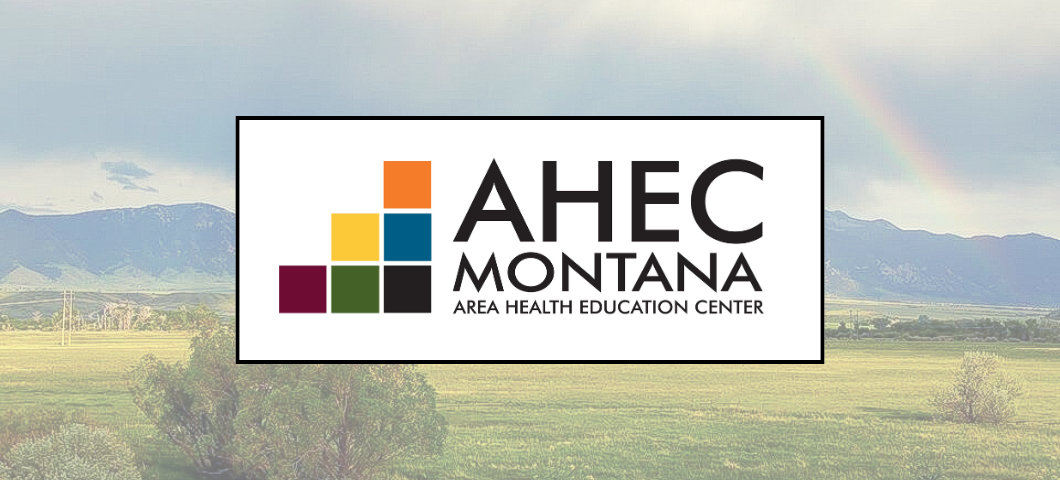About Montana AHEC
AHEC's Mission: To create a diverse, culturally competent healthcare workforce that reflects Montana's communities and delivers high-quality care throughout the state, especially in rural and underserved areas.
Focus Areas
Education & Training
|
|
Statewide Partnerships
|
|
Evaluation
|
History
The AHEC program was developed by Congress in 1971 to recruit, train and retain a health professions workforce committed to underserved populations. Grants to fund AHECs were always made to the medical school(s) within the states. The only exception to this has been the University of Washington School of Medicine (UWSM). In this case, the federal government provided funding to the UWSM to start AHECs in Wyoming, Alaska, Montana and Idaho, all partners in the Regional WWAMI program.
On October 1st, 1985, the Montana AHEC was implemented. This regional WWAMI AHEC office was located at Montana State University in Bozeman. In September 2007, under new rules allowing Colleges of Nursing to apply for AHEC grants, the MSU College of Nursing applied and was awarded a grant from the Health Resource Service Administration to establish four regional AHEC offices in Montana in addition to the Bozeman Program Office.
In 2007, the first two centers were established. The South Central Regional AHEC was set up in Dillon under the auspices of the Montana Hospital Association and the Eastern Regional AHEC was set up in Billings at RiverStone Health. The Western Regional AHEC, located in Missoula and hosted by the University of Montana, was established in September 2008. In January 2010, the fourth center, the North Central Regional AHEC, was established in Cut Bank, Montana. The fifth and final center, the North Eastern Regional AHEC, was establish in 2014 in Miles City.
Once in place, each center has up to six years of funding that will total approximately $1.5 million. After six years of startup funding, the centers receive a more modest grant and are expected to be self-sufficient. Each region has a director/program manager, an established regional advisory council, and works to develop healthcare workforce strategies for their own region.
Montana AHEC is supported by the Health Resources and Services Administration (HRSA) of the U.S. Department of Health and Human Services (HHS). The contents are those of the author(s) and do not necessarily represent the official views of, nor an endorsement, by HRSA/HHS, or the U.S. Government.

